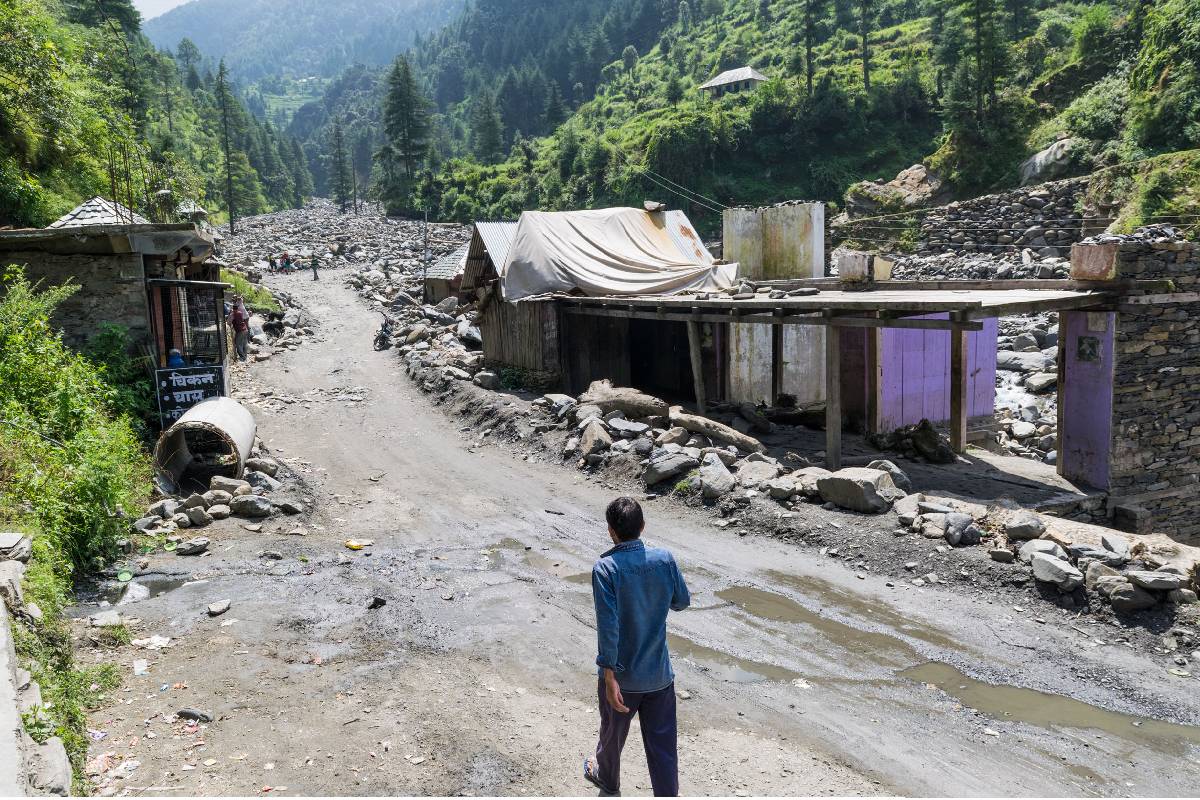MANDI: As many as 170 people have been evacuated after their homes and shops developed cracks and patches of land caved in and subsided in Mandi district of Himachal Pradesh.
The phenomenon is similar to the tragedy that struck the Joshimath town of Uttarakhand earlier this year.
Residents noticed cracks in house walls and in the ground at Chhaprahan village on August 13, informed panchayat pradhan Dinesh Kumar. The local administration was informed and the residents started moving out as a precautionary measure.
By the next day, 170 villagers from 53 houses were shifted to government buildings and some other secure locations. Many of them set up tents and started living at the periphery of the village, hoping that normalcy will return to the village soon.
ALSO READ: ‘Centre allocates ₹862-Cr, 2700 km roads for disaster-hit Himachal’
The village pradhan also said that the administration was assessing the damages caused to the houses to determine the amount of compensation.
According to a media report, residents urged the government to conduct a geological survey in order to gauge the threats and check the feasibility of living there.
A villager said if the government finds the village unsafe to live in, it should declare the area a “danger zone” and rehabilitate the residents elsewhere.
Villagers said that they were reluctant to return back to their houses.
Heavy downpours, cloudburst and resultant landslides have wreaked havoc in Mandi, Shimla, Sirmaur districts of Himachal Pradesh last week, claiming the lives of nearly 80 people and injuring hundred others.
ALSO READ: Rao saab, I will take care of you…Khattar-Elvish Jodi turns head in Gurgaon; Mission 2024?
The sub-Himalayan region, in which Himachal Pradesh falls, comes under seismic zone 4 and 5 on the Seismic Zone Index, making the hilly states more vulnerable to disasters.
The National Oceanic and Atmospheric Administration (NOAA) attributes land subsidence in the sub-Himalayan states to natural and man-made factors like mining and construction activities coupled with the rapid erosion of forest areas.
Experts suggest that these incidents might occur because of unplanned construction, over-population, obstruction of the natural flow of water, and hydel power activities.

